The rainbow is a natural light phenomenon which gives us the spectrum In physics, the spectrum is the set of radiation emitted by a source representing the radiation depending on their wavelength. For example, the solar spectrum is composed of all the colors of the rainbow sky, the spectrum of a sound source is the set of changes made noise. The electromagnetic spectrum is the decomposition of electromagnetic radiation into its components in terms of associated frequencies. of light reflection in water droplets suspended in the air, like clouds for example.
This arch appears as a composition of colors, including red is outside the arc and violet on the inside, between these two colors are red, orange, yellow, green, blue and purple.
All drops illuminated by the sun appear colored an observer who is in a corner "sun-drop-eye about 42 °.
When the sun is low on the horizon, over the rainbow rises into the sky and vice versa.
When the sun passes over the 41° to the horizon, the rainbow sky is visible, which explains why the arcs in the sky are visible only in the morning or evening, an observer who is at sea level. Sometimes, when the rainbow skies are bright, there is a secondary arc much paler. | | This secondary arc which lies outside the rainbow sky, is the result of a double reflection within the drops of water.
This double reflection causes a reversal of colors.
It is possible to create a rainbow in the sky artificial garden. This requires, with a jet of water which distributes fine droplets, turning back to the sun for a glimpse at an angle of 42°, a rainbow sky. Image: one can see in this picture personal, a secondary arc much more pale colors are reversed.
© 2013 Astronoo | | 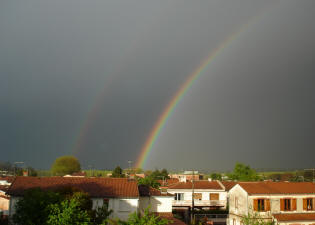 |
To understand the phenomenon of bright rainbow, we must represent it in the entire spectrum electromagnetic in which it is located.
The electromagnetic spectrum includes all ranges of electromagnetic waves A wave is a physical phenomenon that is spreading on the surface of water, air or in a vacuum. The electromagnetic wave is a disturbance of the electromagnetic field that surrounds us. This disturbance moves without distortion and without taking material. It uses the waves to carry information at a distance, its speed maximum spread is 299 792 458 m / s. , from lowest to highest frequency. It extends from gamma rays to waves of low frequencies through X-rays, ultraviolet rays, visible light, infrared rays, microwaves and radio waves.
While the human eye uses a small range of the spectrum, men have cleverly used all its beaches to develop their technologies, nuclear, fluoroscopy, telecommunications, observation satellite, FM radio, the Television...
Visible light is only a small range of electromagnetic vibrations found in the electromagnetic spectrum (see image below-cons).
The different windows of the electromagnetic spectrum are characterized by a wavelength, but also a range of frequencies defined. Frequency is the number of electromagnetic oscillations that pass a given point in one second. It is expressed with the unit of frequency what is the hertz. Over the wavelength is shorter, the frequency is high and therefore dangerous to health. The frequency is inversely proportional to the wavelength. These electromagnetic waves, whose vector is the photon, spin speed 299 792 458 m / s, we note, 300 000 km/s.
Note: at this speed, a light beam emitted by the sun takes about 8 minutes to reach Earth.
Unlike sound waves, which require a material medium to propagate (air, water or matter in general), electromagnetic waves travel better in a vacuum because they are attenuated or deflected by the obstacles, depending on their length of wave and the material encountered. The man and nature are exposed to radiation since forever. Solar radiation, expose humans to visible light from the sun, but also the invisible rays, ultraviolet and infrared radiation. | | These rays are electromagnetic waves as are radio waves, X rays and gamma rays. These are the radioactive elements in our environment, which emit at their nuclear decays, gamma radiation (γ).
These gamma rays are high energy photons with very short wavelength and therefore dangerous. Image: Decomposition of electromagnetic radiation according to its different frequencies. This radiation extends from gamma rays, waves of low frequencies through X-rays, ultraviolet rays, visible light, infrared rays, microwaves and radio waves.
Ionizing radiation is potentially dangerous, sometimes lethal to living organisms. | | 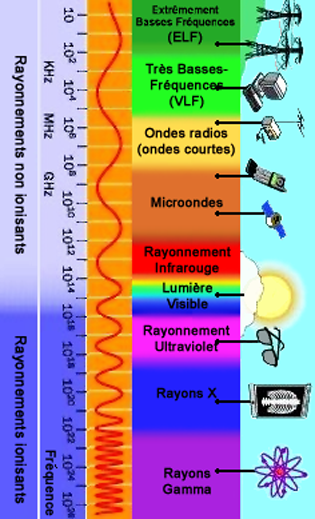 |
The colors are primarily a human perception of light is itself an electromagnetic wave. This perception is directly related to our optical system, as are our eyes.
Our eyes have 3 sensors (cones) photosensitive receiving mainly red, green and blue.
From this perception, we have defined the types of colors: primary colors (red, green and blue), complementary colors (magenta, cyan and yellow).
In the rainbow sky, the raindrops, the light break in six colors.
Newton reproduced this phenomenon by decomposing sunlight through a glass prism with a triangular base. Physicist Young said the contrary, he recomposed the white light by converging the six colors of the spectrum and showed that three colors suffice. Thus we distinguish between primary colors, secondary colors. By mixing equal amounts of two primary colors, you get the secondary colors. A primary color, fundamental or basic color which is mixed with its counterparts can reproduce a wide range of colors. A secondary color is a color obtained by mixing two primary colors. The secondary colors are the additive primary colors in subtractive synthesis, and vice versa. The complement of a secondary color is the third primary color. For example, red obtained by mixing yellow and magenta subtractive synthesis is the complementary color cyan, the third primary color. | | 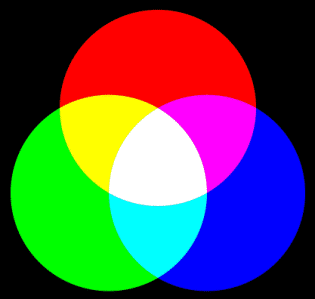 Image: mixture of primary colors by addition. | red | FF0000 | green | 00FF00 | blue | 0000FF |
| | 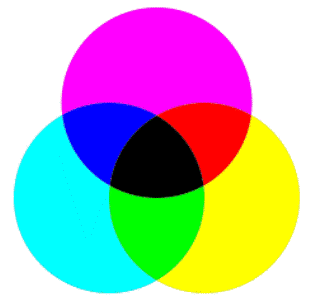 Image: mixture of secondary colors by subtraction.| magenta | FF00FF | cyan | 00FFFF | yellow | FFFF00 |
|
A color is the perception of the human eye of one or more frequencies of light waves.
The light spectrum is a small window of the electromagnetic spectrum, ranging from a wavelength of 400 nanometers to a wavelength of 780 nanometers.
It is in this area that our eyes detect the light information.
The cones are receptor cells located in the fundus of the eyes, which convert the electromagnetic signal of light into electrical signals for daytime vision.
The night vision is achieved by rods that allow scotopic vision, i.e. in a low brightness. | | The rods do not perceive colors and thus the resulting image is in black and white, tinged with gray. Image: The additive trichromatic we can display all the colors on our computers. | | | color | | wavelength | | | | | | infrared | | > à 780 x 10-9 meter | | red | | ≈625 à 740 x 10-9 meter | | orange | | ≈590 à 625 x 10-9 meter | | yellow | | ≈565 à 590 x 10-9 meter | | green | | ≈520 à 565 x 10-9 meter | | blue | | ≈446 à 520 x 10-9 meter | | purple | | ≈380 à 446 x 10-9 meter | | ultraviolet | | < à 380 x 10-9 meter |
|
 Automatic translation
Automatic translation









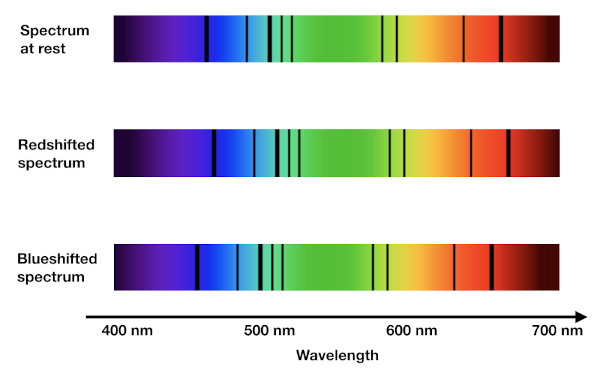 Redshift calculation (z)
Redshift calculation (z)
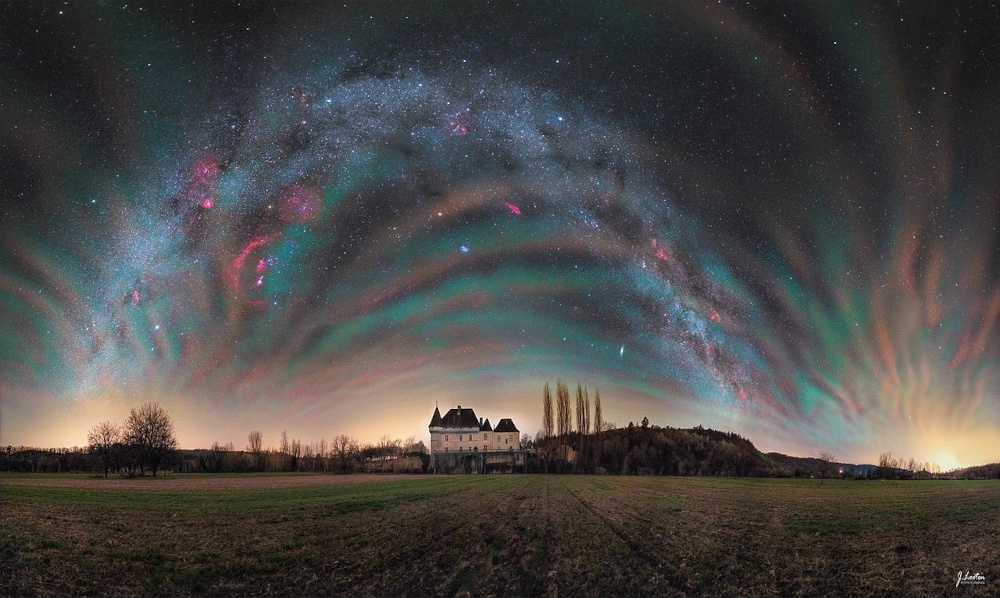 Spectacular airglow in France
Spectacular airglow in France
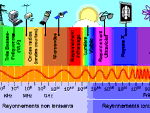 Light, all the light of the spectrum
Light, all the light of the spectrum
 The spicules of the Blue Sun
The spicules of the Blue Sun
 Global dimming
Global dimming
 Solar pillar, a link between sky and earth
Solar pillar, a link between sky and earth
 The speed of light and space-time
The speed of light and space-time
 The Universe of X-rays
The Universe of X-rays
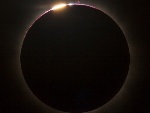 Diamond rings above the Pacific
Diamond rings above the Pacific
 The incredible precision of the second
The incredible precision of the second
 Effects of light aberration
Effects of light aberration
 Radioactivity, natural and artificial
Radioactivity, natural and artificial
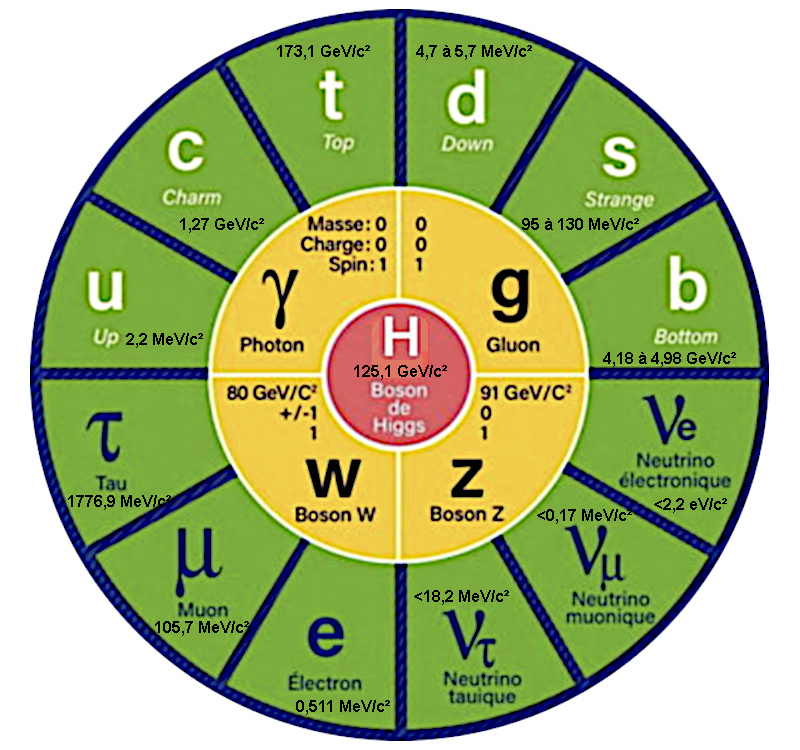 Why do elementary particles have no mass?
Why do elementary particles have no mass?
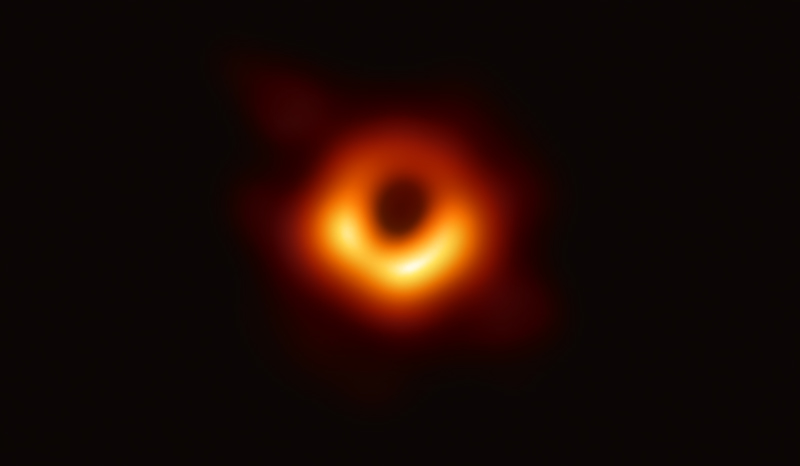 The shadow of the black hole
The shadow of the black hole
 Dawn and its rays of light
Dawn and its rays of light
 The Blue Moon
The Blue Moon
 Gravitational illusion or gravitational lens
Gravitational illusion or gravitational lens
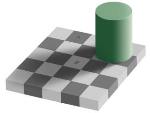 The incredible illusion of the same color
The incredible illusion of the same color
 Perfect storm and devastating effects
Perfect storm and devastating effects
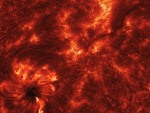 The infernal journey of the photon
The infernal journey of the photon
 The power of the Sun
The power of the Sun
 Bioluminescence of living organisms
Bioluminescence of living organisms
 Eclipses explained by the plane of the orbit
Eclipses explained by the plane of the orbit
 Super Moon
Super Moon
 Laser light
Laser light
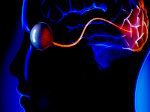 We do not see with our eyes but with our brain
We do not see with our eyes but with our brain
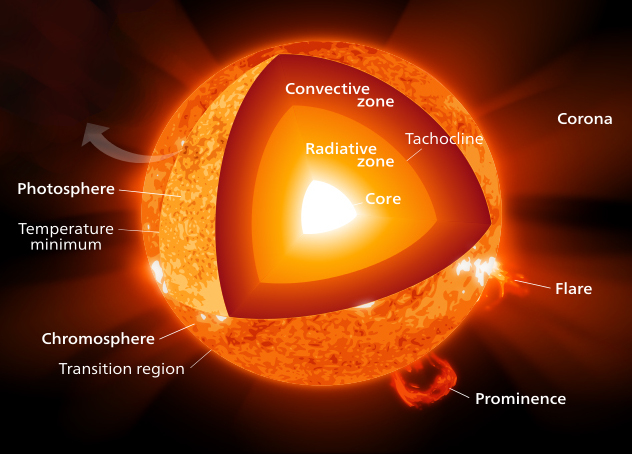 Differences between heat and temperature
Differences between heat and temperature
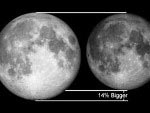 Big Moon Illusion
Big Moon Illusion
 Zodiacal light, the diffuse white glow
Zodiacal light, the diffuse white glow
 Explanation of the 8 of the analemma
Explanation of the 8 of the analemma
 The colors of the rainbow
The colors of the rainbow
 Shadow of the Earth anti-twilight ark
Shadow of the Earth anti-twilight ark
 How many photons to heat a cup of coffee?
How many photons to heat a cup of coffee?
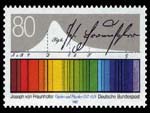 Spectroscopy, an inexhaustible source of information
Spectroscopy, an inexhaustible source of information
 The Cherenkov light
The Cherenkov light
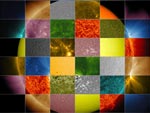 The lights of the Sun
The lights of the Sun
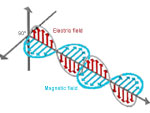 What is a wave?
What is a wave?
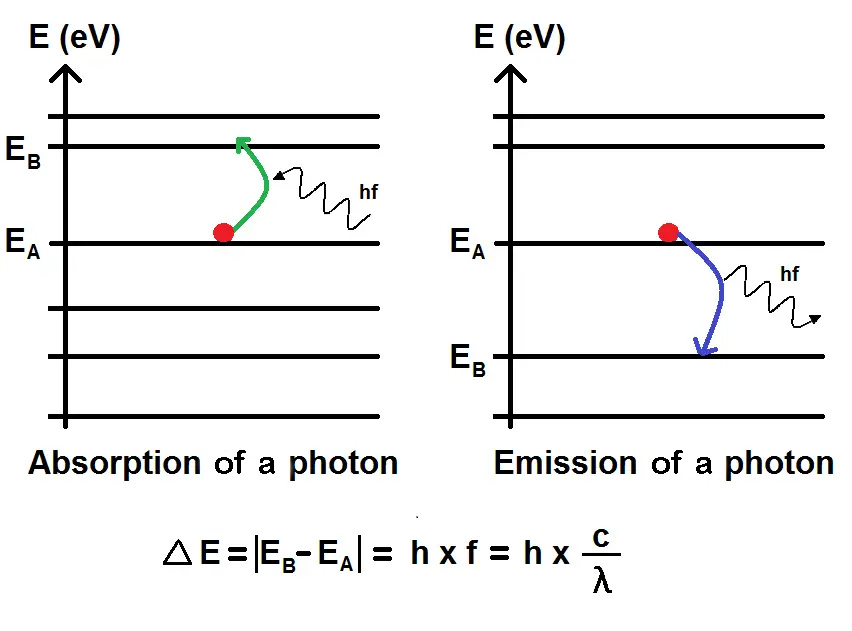 Planck's equation and black body light
Planck's equation and black body light
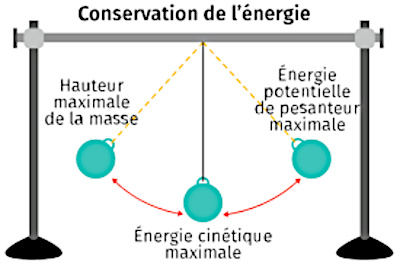 Energy Conservation
Energy Conservation